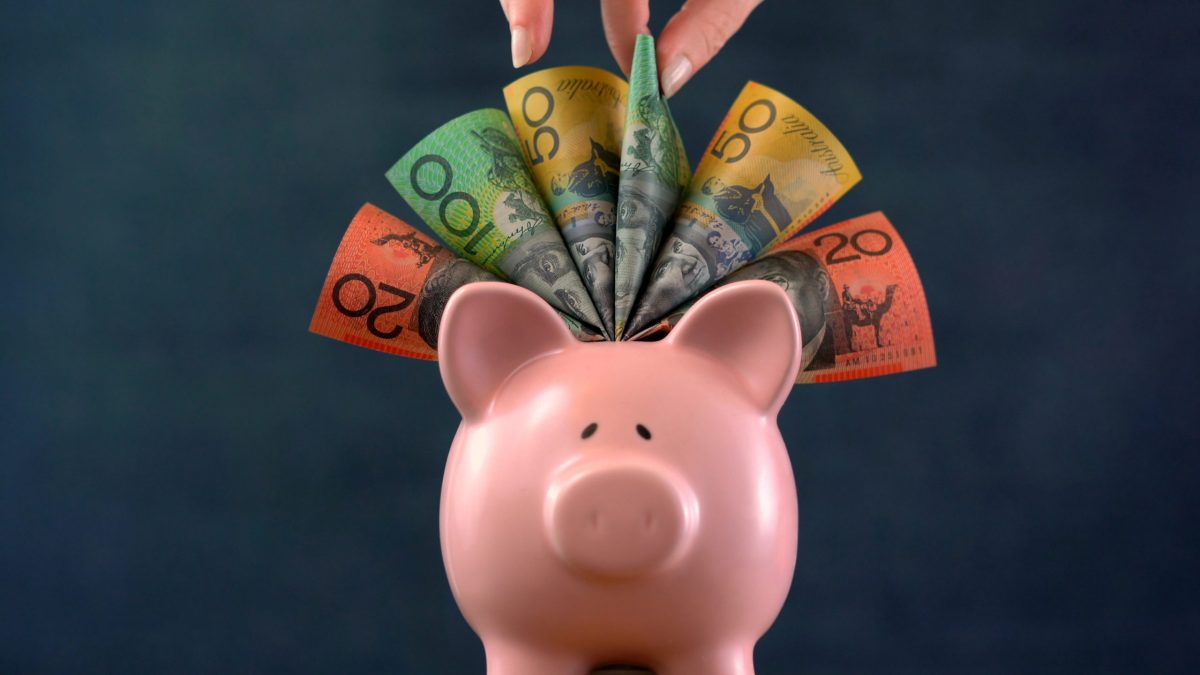With easing of restrictions, many of Australia’s key industries were on the road to recovery in June and making significant progress to pre-COVID-19 levels, according to the latest Weekly Spending Index data from Zip. However, a second spike in Victoria now threatens to cut any recovery short and raises questions about how many of Australia’s affected industries will be able to survive a second lockdown.
The Zip Weekly Spending Index showed that spending was up across key segments during the month of June including home and renovation (145%), electronics (73%), construction (53%), department stores (27%), and groceries (24%).
Some of Australia’s hardest hit industries like hospitality were starting to see beginnings of a recovery with food and beverage venues seeing a modest 3% growth compared to 2019, a stark contrast to losses for March, April and May.
The Zip data also found that online marketplaces experienced growth of 112% in June. Retail spending using buy now pay later (BNPL) services was at its highest rate in 2020 for both online and in-store purchases across all states, except for the ACT, all age groups and genders. ATM withdrawals were down 20%, signaling a resistance to return to using cash.
Zip co-founder and chief operating officer, Peter Gray said Australia’s businesses showed a road to recovery but it is unknown if they created a strong enough buffer to help get through lockdown in July.
“Throughout June, consumer spending continued to rise and was getting close to pre-COVID levels across many key segments. Australians were reviving their love of dining out and were slowly returning to the pub.
“However, the recovery looks set to be tarnished as the nation’s second most populous city and surrounds enters full lockdown measures for the entirety of July and into August.
“We are still seeing a continued trend away from cash in the Zip Weekly Spending Index which further reiterates that Australia could be close to cashless in the next few years. The broad move to cashless payments has also been accelerated with buy now, pay later continuing to grow in popularity.”
The Zip Weekly Spending Index is based on anonymised transaction data from a sample of more than 1.5 million Zip customers and 300,000 Pocketbook users.

